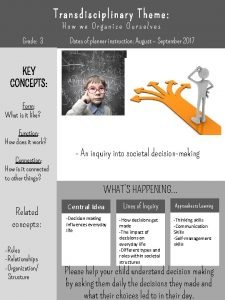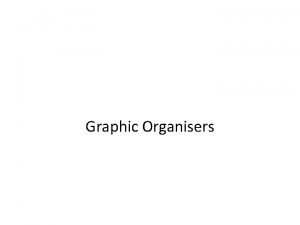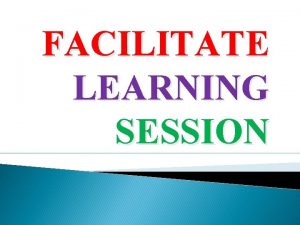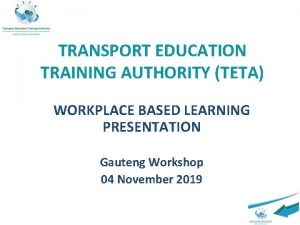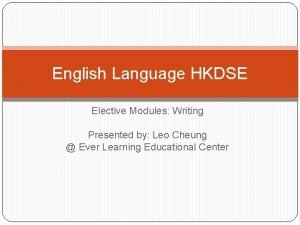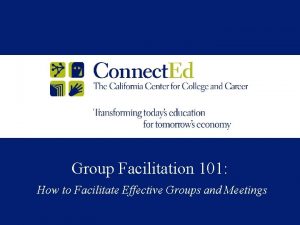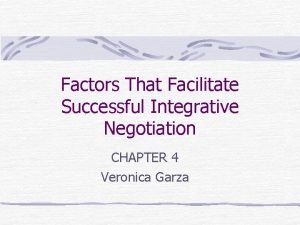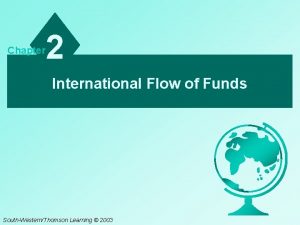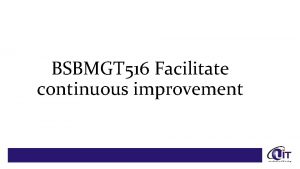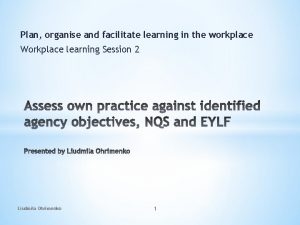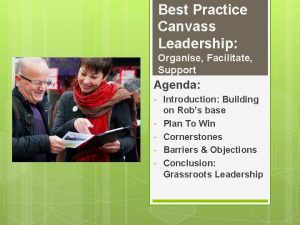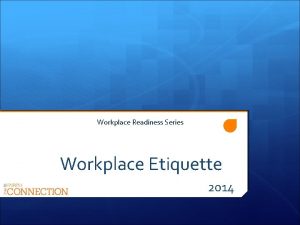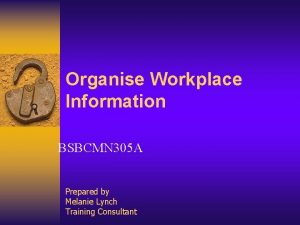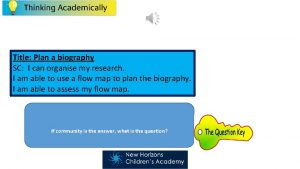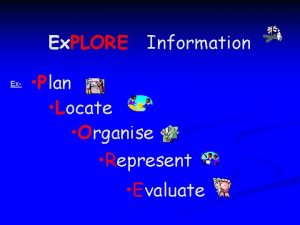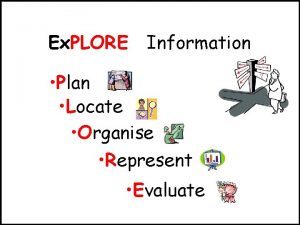Plan organise and facilitate learning in the workplace










- Slides: 10

Plan, organise and facilitate learning in the workplace Workplace learning session 1 REFLECT ON AND IMPROVE OWN PROFESSIONAL PRACTICE LIUDMILA OHRIMENKO Liudmila Ohrimenko 1

FROM THEORY TO PRACTICE • In theorising practice and practising theory, are we able to see reflection as embedded deeply in our teaching, rather than something that we do to it afterwards? • Can we see teaching itself as an ethical and political commitment (Dahlberg and Moss 2005); a commitment mediated by reflection on technical and taken-for-granted day to day events and experiences? (Theory to practice continuum Diti Hill July 2006) Liudmila Ohrimenko 2

• Being socially critical means starting with reality, with seeing injustices and contradictions, and beginning to overturn reality by reasserting the importance of learning. • Only when teachers take an active reflective stance are they able to challenge the dominant ‘factory’ metaphor of the way many early childhood centres are conceived, organised and enacted. Liudmila Ohrimenko 3

Smyth’s framework for reflection • • DESCRIBE INFORM CONFRONT RECONSTRUCT CONFRONTING: being able to subject theories about one’s own practice to interrogation and questioning, in a way that establishes their legitimacy. Liudmila Ohrimenko 4

Describe • It was a nice sunny day and we were outside in the playground. ‘M’ crawled towards the basket ball hoop and started exploring it. He was hanging on to the basket and touching the net. Soon ‘I’ came to join ‘M’. They both started playing together with the basket. I brought a basket full of balls and kept it besides the basket ball hoop. I put a few balls into the basket and then stepped back to observe. Both of them started playing with the balls. • What is your ‘teaching’ role here? You must identify, focus on and describe YOUR teaching more clearly here, in order to reflect on it. Liudmila Ohrimenko 5

Inform • This spontaneous play was exciting for me as it was the first time I saw two babies playing together and enjoying each other’s company. I think that they both are very social and like to play in groups. This also tells me that both ‘M’ and ‘I’ have the ability to concentrate if they are interested and enjoying the play. This experience is important to me because it made me realize that I was not thinking appropriately for their age. • HERE is the focus of your reflection! Did you have a perception that these children could not play with the balls like this? What do you mean by ‘appropriately’? THIS could be the starting point of your reflection. This is about you and your role in the learning-teaching process. Liudmila Ohrimenko 6

Confront • I believe in socio-cultural theory, therefore encourage children to play in a group and think that both spontaneous and planned possibilities can give great learning experiences to children. I am impressed by Vygotsky’s concept of Zone of Proximal Development or ZPD. I believe children learn a lot from the people who surround them- peers, teacher, family and community. I keep my approaches flexible and change according to the child’s interest and learning environment. I believe children learn more in groups but with babies it is very challenging because of their interests and routines. I took the children’s lead in my practice- at first they were exploring the basket hoop, then they started playing with the balls and enjoyed throwing the balls. I would link this reflection to the EYLF Learning Outcomes 1 – Children have a strong sense of Identity and Outcome 5 - Children are confident and involved learners explore their environment. Regarding exploration they state that children develop a range of skills and processes such as problem solving, enquiry, experimentation, researching and investigating. Children confidently explore and engage with social and physical environments through relationships and play. • Does your confronting address the fact that you underestimated what these babies could do? What is so challenging about babies’ interests and routines? Is socio-cultural theory only about learning in groups? What does Vygotsky’s theory of the ZPD mean for your practice in this scenario? So was this interaction ‘planned’ or ‘spontaneous’? Liudmila Ohrimenko 7

My Reflection • My Role: I provided babies and toddlers with resources that offer challenge, intrigue and surprise, support their investigations and share their enjoyment. I provided experiences that encourage children to investigate and solve problems. • I will plan learning environments with appropriate levels of challenge where children are encouraged to explore, experiment and take appropriate risks in their learning. Liudmila Ohrimenko 8

Reconstruct • This was a valuable experience for me as I saw the interests moving from the hoop to the balls. I could see their great interest in balls and will have these resources in different varieties like paper, clay, big, small etc. • Here you evaluate the activity and suggest new materials rather than focus on reconstructing your own teaching and the learning-teaching process evident in the reflection. Has your perception of what babies can do changed? What is your teaching commitment to these two children? Liudmila Ohrimenko 9

Theory, pedagogy and reflection Curtis, D. and Carter, M. (2008). Learning together with young children: A curriculum framework for reflective teachers. St Paul, MN: Redleaf Press. To enter into a style of teaching which is based on questioning what we’re doing and why, on listening to children, on thinking about how theory is translated into practice and how practice informs theory, is to enter into a way of working where professional development takes place day after day. (Sonya Shoptaugh, page 9) Liudmila Ohrimenko 10
 Transdisciplinary theme how we organise ourselves
Transdisciplinary theme how we organise ourselves Fishbone graphic organizer template
Fishbone graphic organizer template Facilitating learning session
Facilitating learning session Teta offices
Teta offices Dse english electives
Dse english electives Cuadro comparativo e-learning b-learning m-learning
Cuadro comparativo e-learning b-learning m-learning How to facilitate a group
How to facilitate a group Factors that facilitate successful integrative negotiation
Factors that facilitate successful integrative negotiation 9 box calibration
9 box calibration Agencies that facilitate international flow of funds
Agencies that facilitate international flow of funds Bsbmgt516 facilitate continuous improvement
Bsbmgt516 facilitate continuous improvement
